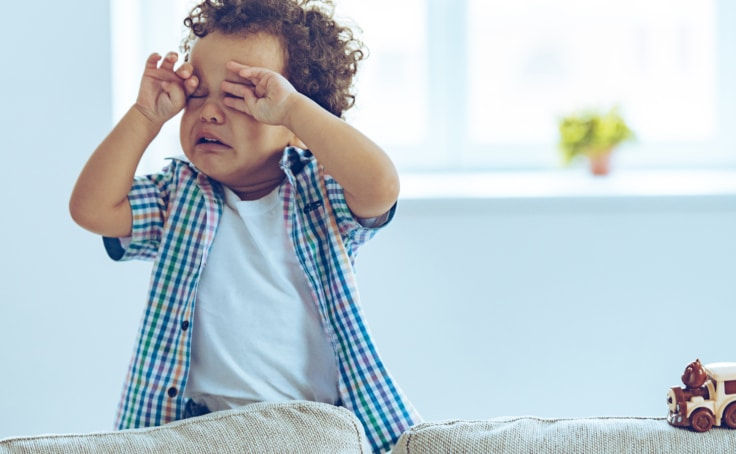Keeping Little Ones Safe Every Day - Practical Child Safety Tips for Providers and Families
- Oct 22
- 2 min read
Practical child safety tips for protecting children indoors and outdoors

As young children explore the world around them, safety is a top priority. Whether they’re crawling across the living room floor or running barefoot through the grass, little ones learn through movement and curiosity — and it’s our job to make sure their environments are safe, welcoming, and secure. These simple, everyday steps can help keep children safe while giving them the freedom to grow and explore.
Indoors
Anchor furniture and TVs. Make sure shelves, dressers, and televisions are sturdy and secured against walls to prevent tipping.
Keep small items out of reach. Batteries, coins, and other tiny objects can be dangerous if swallowed.
Check for choking hazards. Choose toys without small parts, and regularly inspect play areas for anything loose or broken.
Avoid lead exposure. Ensure that toys, paints, and household products are labeled lead-free. Lead can harm a child’s brain and body, even in small amounts.
Secure windows. Install window guards or bars on upper floors to prevent falls.
Be mindful with food. For children under five, avoid hard or round foods like nuts, grapes, and popcorn that can cause choking.
Lock up hazardous items. Keep medicines, vitamins, detergents, and cleaning products out of reach and behind childproof locks.
Keep emergency numbers handy. Post the Poison Control number and local emergency contacts where everyone can see them.
Outdoors
Use the right car seat. Always buckle your child into a car seat that fits their age, weight, and height. Your local fire or police station can help check installation.
Practice safe independence. When crossing the street, offer choices like “Do you want to hold my hand or walk beside me?” to teach safety while respecting autonomy.
Watch near water. Whether it’s a bathtub, pool, or even a bucket — never leave children unattended near water.
Stay sun-smart. Encourage breaks in the shade, offer plenty of water, and reapply sunscreen regularly.
Wash hands often. Especially after outdoor play or before meals, help your child wash with soap and water to stay healthy.
Every child deserves to explore safely — in the classroom, at home, and in the community. By creating safe spaces and modeling good habits, caregivers help children build confidence and learn responsibility, while protecting their health and well-being


